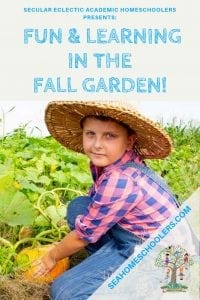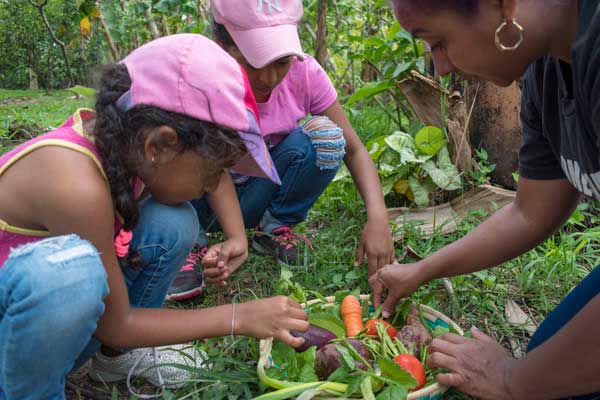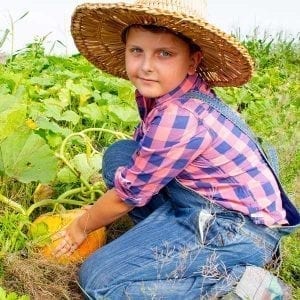Spring and summer may get all the glory in your garden, but there are plenty of plants that tolerate or even prefer cooler weather. If you’re looking for one more reason to stay outdoors late into the fall, planting a fall garden might just be the thing. Grab the kids, your garden tools, and start planning your fall garden now.
What to plant
There are plenty of late-blooming flowers you can plant at the end of summer or beginning of fall. Pansies can thrive in the still-warm fall soil; then they’ll come to life again in the spring. And if you’re willing to wait until spring to reap the fruits of your labor, you can have your kids plant spring bulbs like tulips and daffodils.
Some vegetables, like tomatoes and squash that are planted in the spring, will still be thriving into the early to middle part of fall. If you planted pumpkins in the spring, your kids will get a kick out of picking their own right out of your backyard. But there are also several plants that thrive in cooler temperatures and grow relatively quickly.
Broccoli, carrots, lettuce, spinach, and kale are all cool weather fans. Cabbages and brussel sprouts can be fun to grow and compare, especially as your children watch the cabbages dwarf the sprouts in size. Add color to your harvest with some tasty beets and one of the colored cauliflower varieties. The kids will have fun choosing what to plant and you’ll enjoy tasty fresh vegetables right into winter.
When to plant
Some things you’ll plant in the fall (like bulbs) won’t make an appearance until spring. If you want some instant color, you can plant fall perennials but be warned that most of them won’t survive the winter if they’re planted in the fall. They won’t have enough time to strengthen their roots to survive the cold.
As for veggies, a few, like kale, onions, and garlic, positively thrive in cooler temperatures. For the rest, you’ll need to know when your first frost occurs and count backward by the amount of time each plant takes to harvest. Add in an extra two weeks to your calculations to allow for the shorter days–less sunshine means slower-growing plants.
Have the kids help you make labels for everything you plant so you can keep track of what you’ve planted. You can also put the estimated harvest dates on your labels to see how close your estimate actually is once your veggies are ready to be picked.
Planning for spring
While you’re in your fall garden, you can prepare for spring by starting up a compost pile or bin. All you need is an unused corner of your yard or a bin designed for composting and some grass clippings, vegetable scraps, and yard waste. While compost won’t break down as quickly during the winter, starting in the summer or late fall will give you a start on the composting process.
Fall leaves add an excellent ‘brown layer’ for your compost but don’t forget to explain to the kids that everyday items such as used tea bags and vegetable peels can be ‘recycled’ into nutritious compost for your future gardens. As an added bonus, you’ll be providing a great place for bugs and worms to live all year round.
Prep your yard for winter
Get the kids involved in winterizing your landscape. Show them how to spread mulch around shrubs and trees in preparation for the colder months. Talk about the difference between plants that only bloom in the spring and summer and those trees and shrubs that stay green all year long.
Plan ahead for spring with seedballs
After you’ve planted your fall plants, why not use up your leftover seeds in a fun project for spring? All you need is organic compost, red clay, and leftover seeds—flower seeds work great, but feel free to experiment with vegetable seeds, too.
Just put 3 pinches of red clay, 2 pinches of compost, and one pinch of seeds in your palm. Moisten with water (a spray bottle works well) and shape into a ball. Let the balls dry and harden, then toss them out into your garden. The seeds will remain protected until growing conditions are just right, and then they’ll sprout like magic when spring comes back around.



